Blog
Biscotti Cookies – Exploring the Addicting Flavors, Health & History of This Traditional Italian Cookie
Biscotti Cookies FAQ | Everything You Need to Know About the Italian Treat
Biscotti cookies, also known as cantucci, are the classic twice baked Italian treat with a crisp bite and long shelf life. This FAQ answers the most common questions people ask about biscotti cookies, from calories and nutrition to flavors, origins, and the best pairings.
Frequently Asked Questions About Biscotti Cookies
Are biscotti cookies healthy?
Biscotti can fit into a balanced diet if enjoyed in moderation. Two biscotti cookies, about 28 g total, typically provide 130 to 160 calories and 20 to 25 g of carbs, depending on the recipe.
If you are exploring alternatives, read our guide to gluten free biscotti.
Cantucci vs biscotti cookies. What is the difference?
Cantucci are the Tuscan almond based version often served with Vin Santo wine. Biscotti is the broader Italian term for twice baked cookies made in many flavors beyond almond.
For a deeper dive on origins and meaning, see What Is Biscotti.
What does biscotti mean in Italian?
Biscotti means twice cooked. The loaf is baked, sliced, then baked again to create the signature dry, crunchy texture.
What do biscotti cookies taste like?
Classic almond biscotti are lightly sweet, nutty, and crisp. Chocolate biscotti lean rich and cocoa forward, while lemon or orange biscotti add a bright citrus note. Cranberry pistachio biscotti bring a fruity, nutty twist.
Want the classic? Try our Almond Biscotti.
What drinks pair best with biscotti cookies?
Espresso, cappuccino, hot chocolate, tea, and chai are popular. In Tuscany, almond cantucci are dipped in Vin Santo dessert wine.
Get ideas in our post Biscotti and Coffee: Why They Are the Perfect Italian Pair.
How many calories are in biscotti cookies?
Two biscotti cookies usually contain 130 to 160 calories. Recipes with nuts, dried fruit, or chocolate may be slightly higher.
Looking for the classic nutrition panel and ingredients list? Check the product page for
Almond Biscotti.
Why are biscotti cookies so hard?
They are baked twice to drive out moisture. The result is a dry, crisp cookie that softens perfectly when dipped.
How long do biscotti cookies last?
Stored in an airtight container, biscotti cookies stay fresh for several weeks and sometimes months due to their low moisture.
Ready to stock up or gift? Browse our full biscotti collection.
Where did biscotti cookies originate?
Biscotti originated in medieval Italy with roots in Tuscany and Emilia Romagna. Their durability made them a travel friendly staple.
Mandel bread vs biscotti cookies. What is the difference?
Mandelbrot, or mandel bread, is a Jewish twice baked cookie that is usually sweeter and softer with more oil and sugar. Biscotti cookies are typically less sweet and more versatile in flavor.
Try The Biscotti Company Bestsellers
Take 20% OFF your first order with code 6TX44XTH.
Or browse all biscotti cookies.


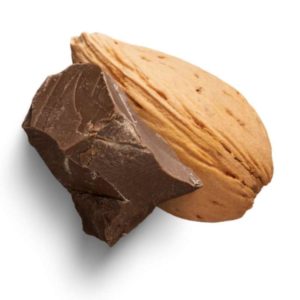

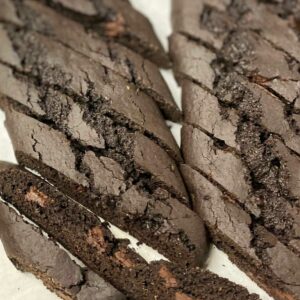

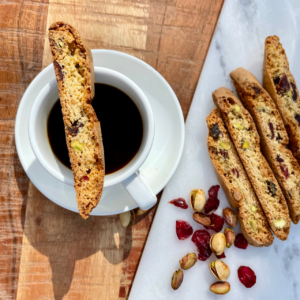
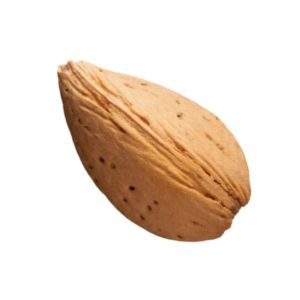
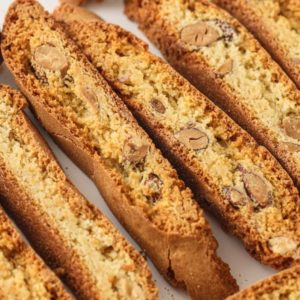
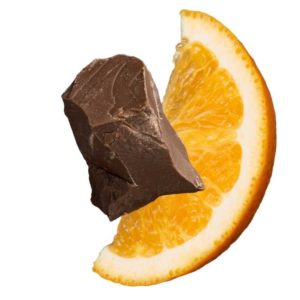
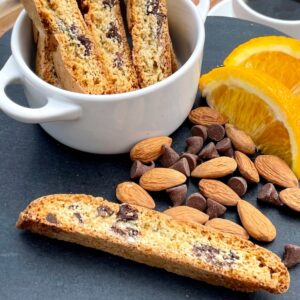
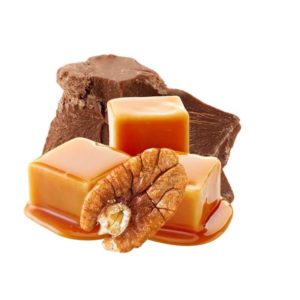

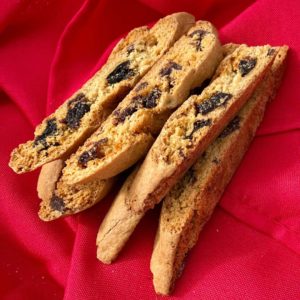
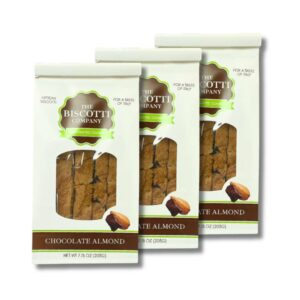
Pingback: This 3-Ingredient Summer time Dessert from Ina Garten Is Stunningly Simple - The Love Bud
Pingback: This 3-Ingredient Summer Dessert from Ina Garten Is Stunningly Easy – Future of Wellness
Does Cantuccini have fructans?